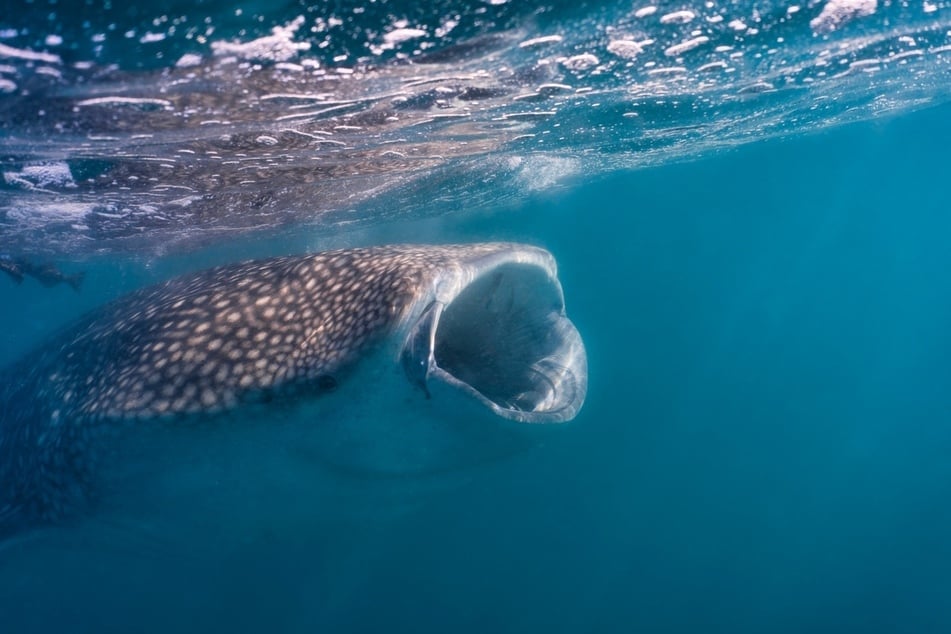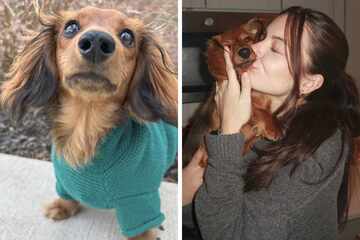What's the biggest shark in the world?
The great white shark is probably the most fearsome beast of our seas, and one of the most famous sharks in the world, but is it the biggest? What's the biggest shark in the world?

The great unknown of our vast oceans are teaming with extraordinary creatures, whether they're ferocious sharks that prowl the deep, the seals that lap at the edges, or the strange jellyfish that can murder with a single sting.
Sharks hold a particular spot in our hearts, bringing fear – and curiosity – to everyone that sees them.
Hence why Shark Week is upon us, a week of chomper-filled TV shows on the Discovery Channel.
But which of these giant fish takes home the animal record for the world's biggest shark species, though? Is it the great white, or is there a bigger beastie out there among the waves? Let's take a look!
What is the world's biggest shark?
The biggest shark in the world is the whale shark, which often grows to be between 30 and 40 feet in length.
Reminiscent of its namesake, mammalian whales, the whale shark is both the biggest fish to swim in our oceans and the largest shark. While most people assume that the great white shark is the world's biggest, these bad-boys outstretch it by almost double.
Weighing around 30–35 tons when fully grown, the female whale shark is the biggest of the bunch, and has an extremely recognizable shape and skin pattern. With a blue-gray coat covered in white spots, it's very easy to identify a whale shark when you come across it in the wild. It's also huge, so that helps as well.
It might seem scary to say that whale sharks have around three hundred rows of teeth, but you actually don't have to worry much about them. These teeth are extremely close together and are used as a filter rather than as a way to crush and chew on its prey. While more than double the size of the great white (which typically only reach around 15 feet in length), you have little to worry about if you encounter one.
Whale sharks are typically found in tropical waters, where the temperature is around 70°F and, as such, can be found across the globe in any deep ocean waters that are close to the equator or in the tropics. While they have broader heads than most other species, their shape is one that you'll recognize as a shark.
While great whites are usually expected to be the biggest, it's not so surprising that a fish with the word "whale" in its name is far larger. These creatures are absolutely huge, and a true marvel of the deep.
What was the biggest whale shark?

The biggest whale shark ever recorded was a 61.7-foot specimen mentioned in a study on marine megafauna that was published in 2015. It was originally reported from a whale shark fishery located off the Indian coast, but it seems that such a length is not as unusual as you'd expect.
While this 61-foot whale shark was indeed enormous (nearly double the length of your average school bus), and certainly the biggest ever found or studied, there have been a number of other whale sharks sighted between 50–60 feet in length.
It's remarkable that such an enormous creature as the whale shark can survive on a filter feeding system, but hey, evolution does what evolution's gonna do!
Biggest great white shark
The biggest-ever recorded great white shark actually earned herself a name, Deep Blue, when she was discovered to be approximately 20 feet long. It turns out that this enormous beastie is more than fifty years old and lives off the coast of Mexico.
Deep Blue has a number of defining characteristics that helps her be recognized by marine biologists, including various scrapes, scars, gashes and gorges all across her body. She became famous following a 2014 Shark Week episode, and has been searched for by marine scientists and shark enthusiasts ever since.
Her last sighting was allegedly in 2019, when a marine biologist and shark conservationist posted a video swimming alongside what seemed to be Deep Blue.
Check it out below, it's truly something to behold!
The biggest shark in the world isn't dangerous
The whale shark might be the biggest shark in the world, but it's a loner that mainly eats tiny animals that are far smaller than the average human. They are not dangerous animals, and will not attack a person, instead opting to feed on 100–500 pounds of krill, jellyfish, crab larvae, sardines, mackerel, and squid, every single day.
Sure, they might look a little scary and they are absolutely huge, but whale sharks eat using filters rather than teeth. This is one of their biggest similarities to animals like the blue whale. On top of that, they move incredibly slowly (so that they can more thoroughly filter the water they swallow), at only about three miles per hour.
Sharks will likely always make us fearful, and it's understandable why that is. They don't get more dangerous just based on their size, though, with great whites (by far the most dangerous) only coming in as the third biggest.
That doesn't mean you shouldn't be careful around whale sharks, though – just not too scared.
Cover photo: 123RF/Alexpunker




